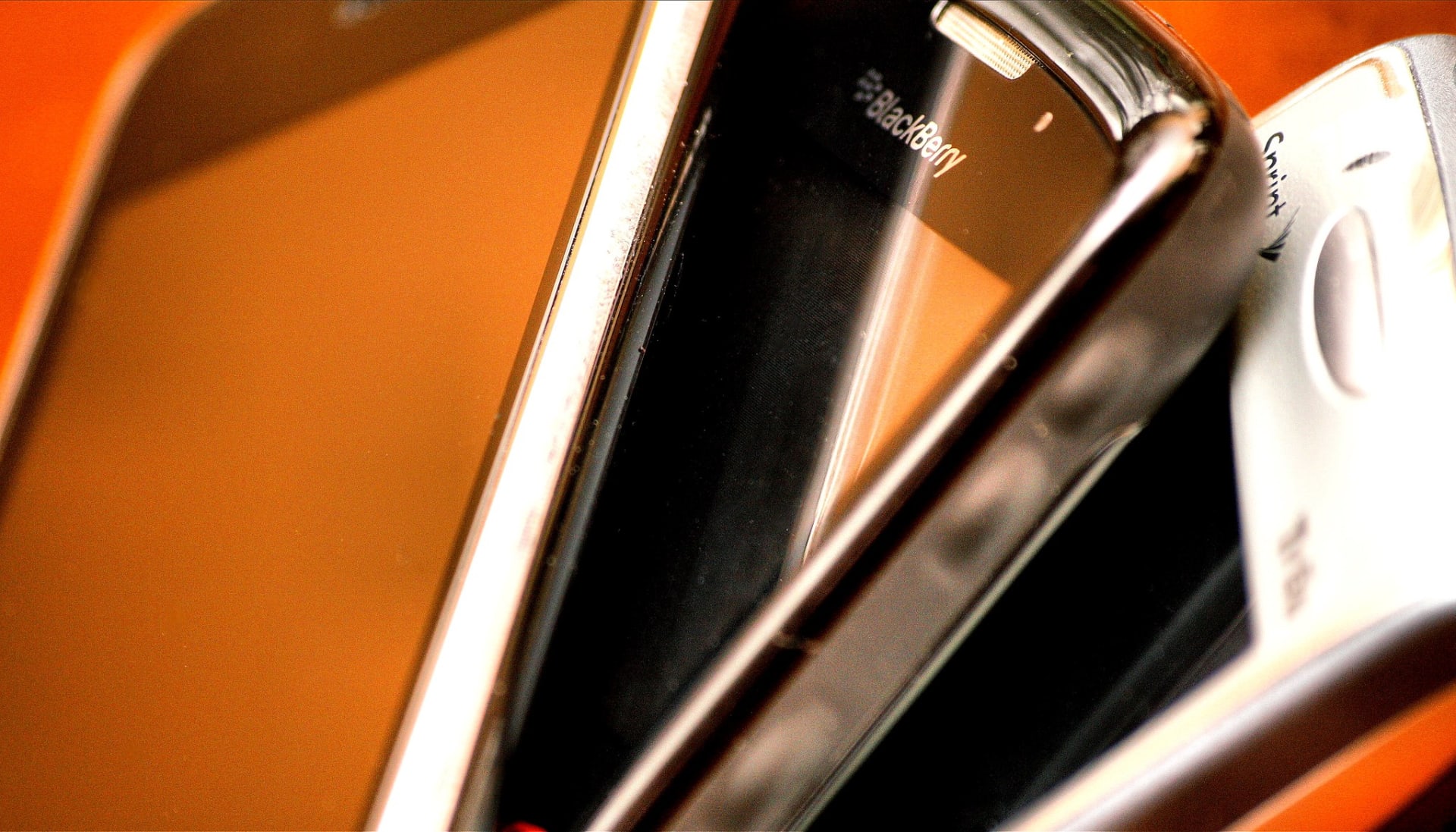The ubiquity of smartphones and the complexity of their components can make it difficult to judge their usefulness. We all know they're necessary, but what's much harder to judge is which features are really needed, and which might be more hype than help. Too often we get caught up in the drive for regular upgrades, eventually adding to significant costs.
Looking at what a smartphone around five years old can do, we want to explore what you'll miss out on by holding onto your older system. Will it affect your lifestyle in any meaningful way, and is this an appropriate path truly worth consideration?
The Browsing, Media, and App Experience
Perhaps the most common use of mobiles we care about first is their ability to browse and engage with the internet. A broad example of this could be illustrated by checking out a casino bonus for new customers, and what this involves. Users visiting these sites will browse for bonuses like free spins and deposit matches, make deposits, and load titles like slots and table games. In common uses like these, even streaming video from live games won’t suffer on phones around five years old, thanks to how well-optimized online systems and apps like these are.
The same is true for listening to music and exploring most communication applications. Most systems on mobile are designed to cater to as many users as possible, so they won’t be trying to bring older systems to their digital knees. According to recent statistics, more than a third of mobile users keep their devices for over four years. It wouldn’t be financially sound to deny such a large portion of the audience access, so slower devices are often used as a baseline target for development.
Where it Might Suffer
There are only two common and possibly significant issues faced by holding onto a device for longer periods. The first is that battery degradation is an inevitability, and while it can be mitigated, it can never be fully avoided. There is some hope here, however, in that many phones can have their batteries replaced with fresh ones. This can fully rejuvenate them, though support for replacements isn't as wide as it once was.

The other potential issue comes from a lack of 5G support on older systems. While 5G isn't necessary for almost all users, there are times when a lack of connectivity through 5G could cause communication and safety concerns. This issue is minor and extremely unlikely, but it is worth considering next time you purchase a new device.
When to Make a Change
The decision on when you need to make a change is, of course, entirely up to you. It's your money, so it's your rules. That said, if you want to hold onto your smartphone or find the upgrade process annoying, the best time to upgrade can simply be when your device becomes too slow or frustrating to use.
This will happen to all smartphones over time, and it marks a point where holding on is no longer worth the hassle. As an advantage, going from a phone like this to a modern replacement lets you really appreciate how far newer systems have come, which is difficult to appreciate with constant yearly updates.









